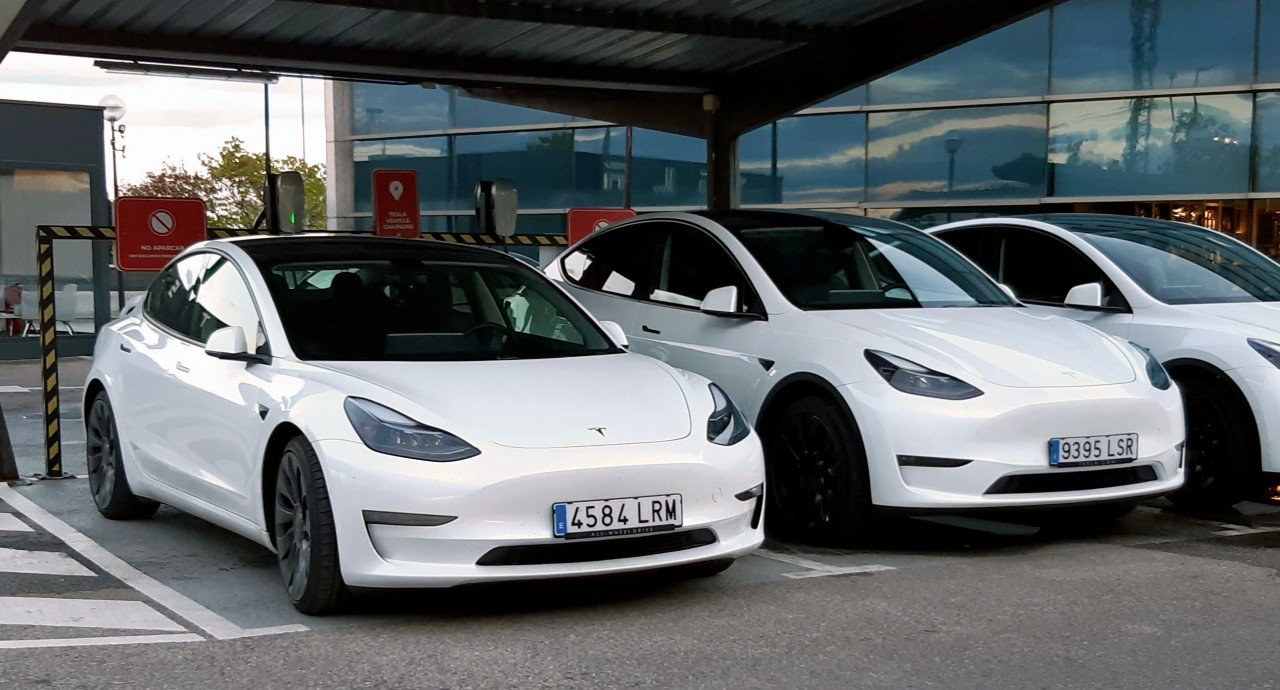E-Mobility | Review 2022: A look at the year that was
Staggering back from the effects of the pandemic, year 2021 was stated as the springboard year that would set the grounds for the beginning of an electrifying decade in 2022. Let us take a look at how the year has fared in raising the hopes of the e-mobility sector and whether the countdown towards the energy transition has truly begun. Team ETN has compiled a brief review of the global e-mobility industry from reports released this year, and recapped snapshots of news about important turn of events.
Latest research reports indicated a significant rise in the sale of EVs worldwide in 2022, where the first quarter itself accounted for 2.2 million units. Almost 15 percent of global passenger vehicle sales were EVs towards the end of the year. In all EV sales, battery-run EVs (BEVs) accounted for almost 74 percent, and the rest were plug-in hybrid EVs (PHEVs). China leads the market in EV sales, followed by Europe and the US.
The global EV market is projected to grow from 8,151 thousand units in 2022 to 39,208 thousand units by 2030, at a CAGR of ~21 percent, according to reports. Main reasons for this growth could be climate change awareness and the need felt for reducing pollution through zero-emissions transportation.
The governments of various countries have also avidly played their part in supporting the industry, by drawing favorable policies and investing in the electric future of their countries. This has been done through subsidies and tax rebates, beneficial schemes and incentives that include discounts, lower vehicle acquisition taxes, lower road taxes for zero-emission vehicles, etc.; encouraging auto manufacturers and users to adopt EVs.
Global BEV sales in the first quarter of 2022 were more than twice those recorded in the corresponding period last year. Much of that rise can be attributed to China, which had two out of three of all BEVs sold worldwide. BEV sales in China reached the one-million-mark in Q1 2022.
In Europe, Norway leads in EV adoption, recording a high annual EV market share of 86 percent in 2021, followed by another monthly record of 92 percent in March 2022. This year, about 23 percent of all vehicles in use in Norway are EVs. Other countries that lead in EV adoption include Sweden, the Netherlands, Germany, Britain, France, and China.
RELATED: EU sets 100 pc emission reduction for new cars, vans by 2035
Although Norway is currently the only country with an EV market share above 50 percent, there is little doubt that other countries will quickly catch up.
In the US, over 413,000 EVs were sold in the first half of 2022, that included over 64,000 electric pick-up trucks. EV sales grew 62 percent YoY and represented 6 percent of all passenger vehicles delivered. The US now accounts for 10 percent of global EV sales. The US Department of Energy's (DOE) Vehicle Technologies Office, highlights that as of April 2022, the cumulative number of passenger plug-in car sales reached 2.6 million.
With advancement in lithium-ion battery technology, the number of EVs and the range has improved too. Many new EV models today have ranges over 300 miles, and getting better.
Following are some of the EV models announced in 2022, that have enhanced driving range and battery capacity:
• Hyundai IONIQ 6
• Tesla Model S & Model 3
• Mercedes EQS & EQE
• Tesla Model X - 348 miles
• Tesla Model Y - 330 miles
• BMW iX & i7
• Polestar 3
• Ford Mustang Mach-E (Extended version)
• Ford F-150 Lightning
• Rivian R1S & R1T
• Kia EV6
• Lucid Air





















